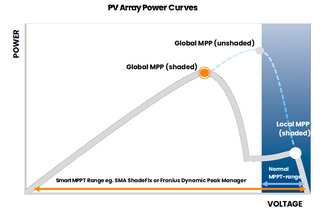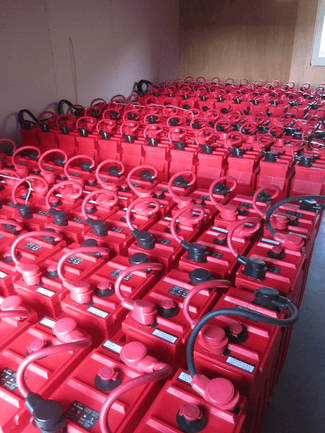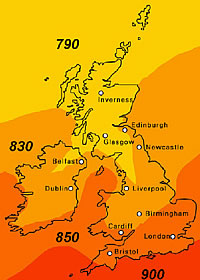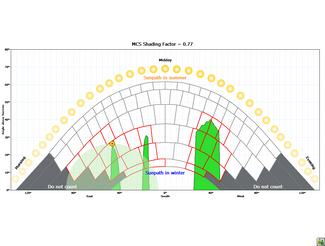Before deciding to invest in a renewable energy system it is vital to first of all find out how much and where energy is being used and then conserve any energy that might be being wasted. For appliances that switch on & off automatically (e.g. fridges & freezers) measurement over time is necessary.
Many appliances use energy when you think they are switched off e.g. televisions on Standby or washing machines, computers & chargers left switched on at the wall. It is not uncommon to find that some appliances (e.g. TV’s) use more energy over a 24hr period when switched off (but left plugged in) than when being used. To check for these 'phantom' loads consumption meters can be used to detect where electricity is being wasted and offending items switched off at the wall when not in use.
The efficiency of different appliances can be compared to ensure power is used sensibly and inefficient ones replaced where necessary. This investigation is invaluable to either reduce electricity bills or to make off-grid electricity systems more successful. A watt saved is a watt that doesn’t need to be generated! After a renewable energy system is installed it is just as important to monitor consumption. Consumption can then be compared with production to ensure self-sufficiency.
See also: Good Energy's Top 20 Tips For Saving Electricity
Load Profile
This describes when you use electricity and how much you use.
You also have to know when you were using electricity, and how much electricity you were using. You need to know this for every hour of the day, and every day of the year. This information makes up your energy load profile.
An energy load profile, or consumption profile, is essential to determining the value that a solar installation will provide


Is it worth adding battery storage?
If you have solar PV panels, or are planning to install them, then using home batteries to store electricity you’ve generated will help you to maximise the amount of renewable energy you use.
Home-energy storage will also reduce the electricity you use from the grid, and cut your bill.
However, you may use (or already use) most or all of the electricity generated by your solar PV system during the day, for instance if:
- You are at home during the day and/or
- You set energy-intensive appliances on timers to run during the day and/or
- You divert some of the electricity, for example to an immersion heater to heat hot water


In this case, the ‘self-consumption’ of the solar PV electricity is already high. This means there won’t be much (or any) surplus electricity from the solar PV system to store in a battery. Information on how much solar electricity exported to the grid at different times of the year is useful to have when considering these points.
Often a first step for people contemplating an energy storage system for use with the grid is to install some monitoring which will then eventually be used as part of any future system. This can then enable the value of any storage, together with the optimum size of storage to be determined.
In the near future, time-of-use tariffs will let you store up electricity while it’s cheap (overnight, for example) so you can use it during peak times. A few energy companies have launched these already.
If your home is off-grid, batteries can help to reduce your use of fossil fuel back-up generators.
Related products

SMA Energy Meter
The SMA Energy Meter is a fast bidirectional single or three phase meter used to measure power going in/out of the grid. It communicates these values quickly via Speedwire using standard Ethernet cable to the Sunny Home Manager, Data Manager M, or compatible SMA inverters.
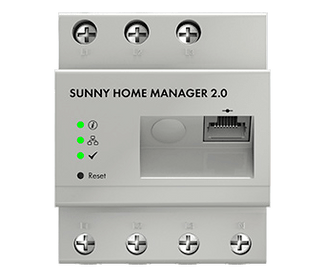
SMA Sunny Home Manager
The Sunny Home Manager is the ideal solution for simple plant monitoring and intelligent energy management. It provides remote monitoring via the SMA Sunny Portal and an overview of all the energy flows taking place in the household. It also displays recommended actions and is able to control various smart home appliances.
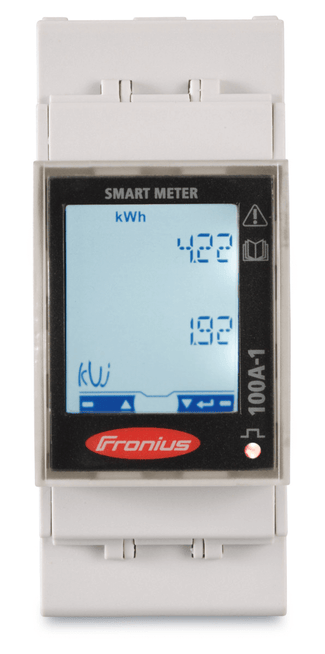
Fronius Smart Meter
The Fronius Smart Meter is a bidirectional meter, which optimises self-consumption, records the load curve and controls the various energy flows. Thanks to highly accurate measurements and rapid communication via the Modbus RTU interface, dynamic feed-in control is applied quickly and accurately when feed-in limits are reached.
